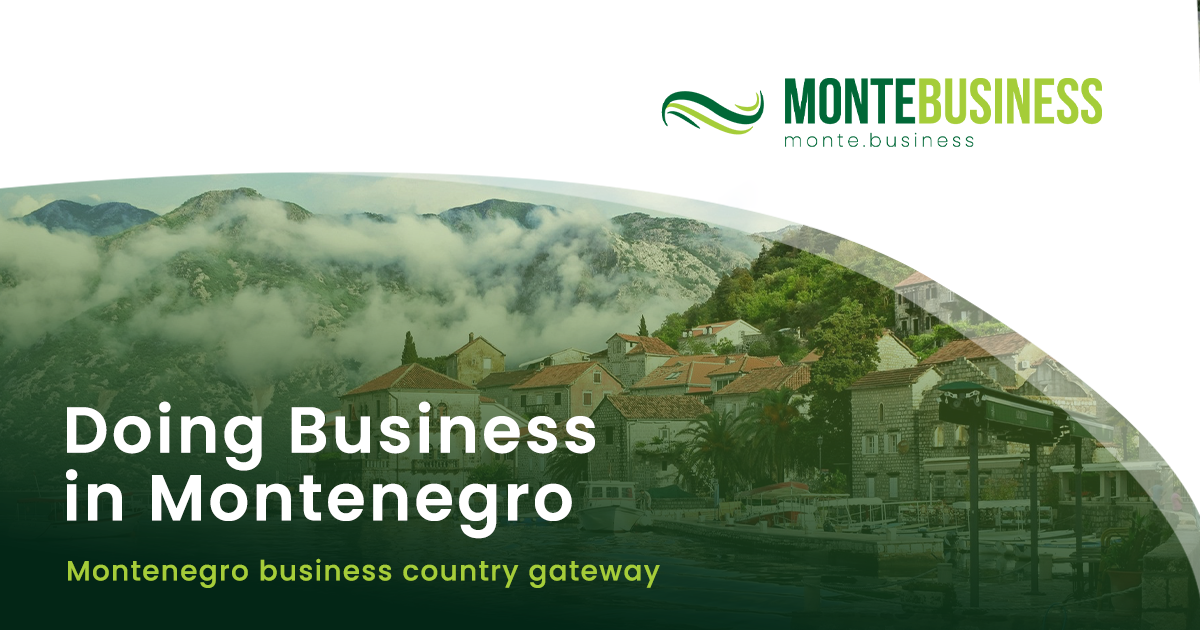Tourism, once seen as a dynamic career path, is now facing major challenges, including a shortage of skilled workers and changing expectations from younger generations. Emil Kukalj, a seasoned tourism professional, argues that the solution is not complete automation but a smart blend of technology and human expertise. He emphasizes that investing in the workforce and improving working conditions are key for the future of tourism, which thrives on human interaction and hospitality.
Challenges in modern tourism
While technology has improved operational efficiency, the sector suffers from a lack of qualified workers. Automated systems like chatbots and digital receptionists have become standard, but they can’t replace the personal touch that guests value. Kukalj highlights that the real issue is not just the absence of workers but the quality of service, which technology cannot replicate.
Smart use of technology
Kukalj believes the solution lies in combining technology with human expertise. Automation should handle routine tasks, allowing employees to focus on personalized service, which is crucial for guest satisfaction. He stresses that hospitality is built on human connections—whether it’s a receptionist remembering a guest’s preferences or a waiter suggesting the best wine.
Attracting skilled workers
To address the shortage of skilled labor, Kukalj recommends better wages, improved working conditions, and non-financial incentives like administrative simplifications for seasonal workers. He also advocates for collaboration with educational institutions to foster a new generation of tourism professionals.
Tourism’s changing appeal
The tourism industry, once considered an attractive field for employment, is now struggling to attract workers due to long hours, seasonal instability, and low wages. The younger workforce prioritizes flexibility and work-life balance, and many have moved to more stable sectors like IT and e-commerce after the pandemic.
The global labor shortage
Kukalj points out that the labor shortage in tourism is a global issue. In Montenegro, the government has set a quota of nearly 29,000 foreign workers for 2025, while neighboring Croatia issued over 200,000 work permits in 2024. This trend highlights the critical nature of the labor shortage.
Foreign labor: Temporary solution
The reliance on foreign labor addresses the immediate shortage but presents long-term challenges. Kukalj emphasizes that for Montenegro to retain skilled workers, it must improve working conditions and offer better career prospects to make the country an attractive destination for long-term employment in tourism.








